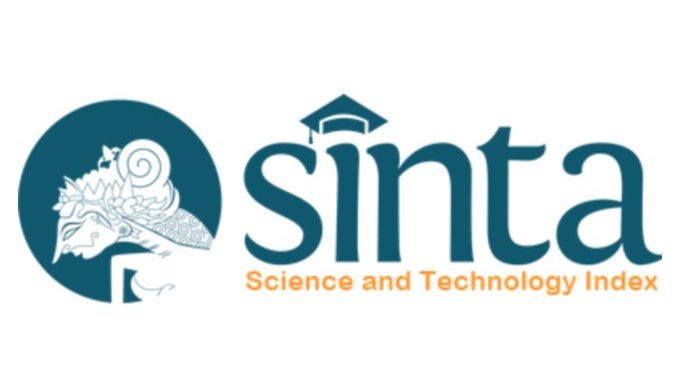Junctional Bradycardia with Cardiorenal Syndrome
DOI:
https://doi.org/10.55175/cdk.v51i9.1079Keywords:
Cardiorenal syndrome, CKD, heart failure, junctional bradycardiaAbstract
Junctional bradycardia occurs when electrical activity at the SA node is disrupted, or there is a conduction block originating from the SA node, or its automaticity is less than the AV node or HIS bundle. A 46-year-old female was referred because of shortness of breath and swollen limbs. The patient has a long history of diabetes and hypertension. She was diagnosed with acute pulmonary edema, junctional bradycardia, stage 4 CKD, CHF, hypoalbuminemia, anemia, and T2DM. The patient was admitted to the ICCU for 7 days before being discharged. Cardiorenal syndrome can induce sinus node dysfunction or AV node dysfunction, leading to junctional bradycardia. Subsequently, the junctional bradycardia exacerbates concomitant heart failure and renal failure.
Downloads
References
Lily LS, Prust MJ, Stevenson WG. Clinical aspect of cardiac arrhythmias. In: Pathophysiology of heart disease. 7th ed. Wolters Kluwer; 2021 .p. 289–90.
Hafeez Y, Grossman SA. Junctional rhythm. StatPearls [Internet]. 2023 [cited 2023 Aug 28]. Available from: https://www.ncbi.nlm.nih.gov/books/NBK507715/.
Beinart SC. Junctional rhythm. Medscape [Internet]. 2018 [cited 2023 Aug 28]. Available from: https://emedicine.medscape.com/article/155146-overview.
Sharma M, Obi MF, Garg Y, Seetharam K, Cho HJ. A case report on uremic toxins and their effects on cardiac rhythm: Understanding junctional ventricular escape rhythm in renal failure. Cureus 2023;15(8):1-4. DOI: 10.7759/cureus.43302.
Hadjiphilippou S. Cardiorenal syndrome: Review of our current understanding. J R Soc Med. 2016;109(1):12–7. DOI: 10.1177/0141076815616091.
Aoun M, Tabbah R. Case report: Severe bradycardia, a reversible cause of “cardio-renal-cerebral syndrome”. BMC Nephrol. 2016;17(1):1-4. DOI: 10.1186/s12882-016-0375-7.
Lekawanvijit S. Cardiotoxicity of uremic toxins: A driver of cardiorenal syndrome. MDPI AG. 2018;10(9):1-29. DOI: 10.3390/toxins10090352.
Ajibowo AO, Okobi OE, Emore E, Soladoye E, Sike CG, Odoma VA, et al. Cardiorenal syndrome: A literature review. Cureus 2023;15(7):e41252. DOI: 10.7759/cureus.41252.
Ronco C, Bellasi A, Di Lullo L. Cardiorenal syndrome: An overview. Advances in chronic kidney disease. 2018;25:382–90. DOI: 10.1053/j.ackd.2018.08.004.
Gnanaraj J, Radhakrishnan J. Cardio-renal syndrome. F1000Res. 2016;5:F1000 Faculty Rev-2123. DOI: 10.12688/f1000research.8004.1.
Raina R, Nair N, Chakraborty R, Nemer L, Dasgupta R, Varian K. An update on the pathophysiology and treatment of cardiorenal syndrome. Cardiol Res. 2020;11(2):76–88. DOI: 10.14740/cr955.
Puspaseruni K. Cardiorenal syndrome: Patofisiologi, diagnosis, dan tatalaksana. CDK. 2021;48(6):327–32. DOI: 10.55175/cdk.v48i6.81.
Minciunescu A, Genovese L, deFilippi C. Cardiovascular alterations and structural changes in the setting of chronic kidney disease: A review of cardiorenal syndrome type 4. SN Compr Clin Med. 2023;5(15):1-10. DOI: 10.1007/s42399-022-01347-2.
Hawks MK, Paul MLB, Malu OO. Sinus node dysfunction. Am Fam Physician. 2021;104(2):179-85.
Issa ZF, Miller JM, Zipes DP. Sinus node dysfunction. In: Clinical arrhythmology and electrophysiology. A companion to braunwald heart disease. Elsevier; 2019. p. 238–53.
Downloads
Published
How to Cite
Issue
Section
License
Copyright (c) 2024 Yehiel Flavius Kabanga, Iman Haryana, Denny Jolanda, Alvionita Patandean

This work is licensed under a Creative Commons Attribution-NonCommercial 4.0 International License.





















